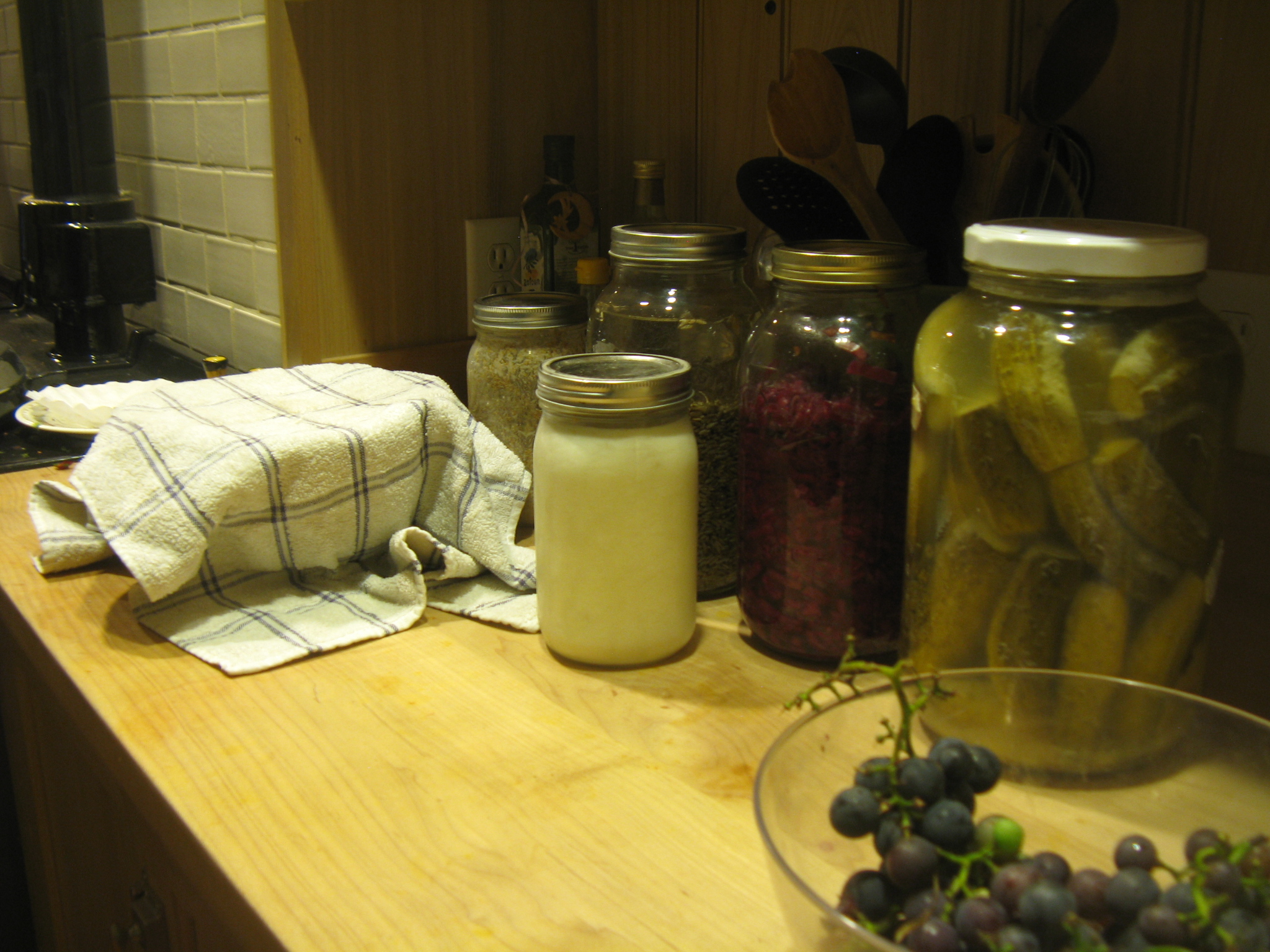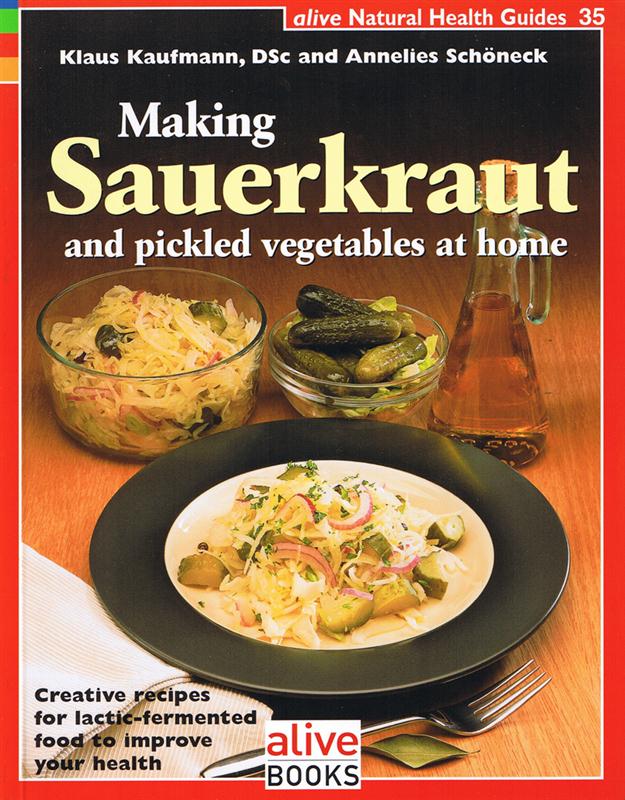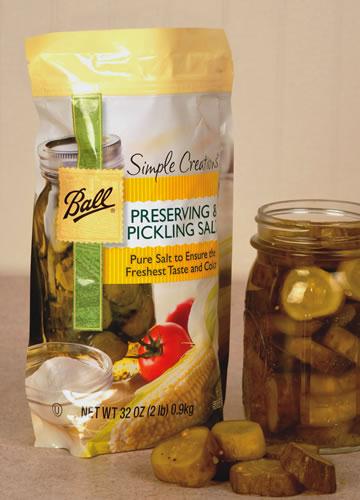
There’s something to be said for a quick and easy meal, that can make a hurried, hungry person happy in a matter of minutes. A fried egg, for example, or a peanut butter sandwich, or a handful of cherry tomatoes fresh from the vine.
But there’s something very different and just as beautiful to be said for foods that take a long time to create. Fermentation is a hobby of mine, I have to say—I get more excited about creating vast quantities of sauerkraut than consuming it, as delicious as it may be.
When, the other night, I looked at my counter and saw a total of 5 different cultured foods fermenting away (fyi: sour pickles, red cabbage kraut, kefir, sourdough pizza dough, and apple cider), I decided I had to write about it.

Vegetable ferments are amazingly simple. Here’s the theory: if you add just enough salt to inhibit bad bacteria from colonizing your vegetables but not so much that they become too salty to eat, then the good bacteria will find their way to your jar or crock, and will work on partially digesting whatever is inside.
That’s right—when you eat sauerkraut, you’re consuming food that bacteria got to first. Some people call that rotting, but I call it delicious.
You can make your kraut (or shredded beets or carrots or turnips) in a crock of whatever size you like—as a vegetable farmer with an abundance of vegetables, sometimes the 10-gallon crock is tempting, but I actually prefer making small batches in a quart-sized mason jar.sauer

Shred whatever vegetable you’re fermenting, and add salt as you go—the rule of thumb is 3 tbsp salt for 5 lbs of vegetable.
The shredded vegetables should release some juices, and you want to encourage that by roughing them up with your spoon or a potato masher. Once you’ve got everything shredded and salted, pack it into your receptacle, as tightly as you can.
I’m always skeptical that my mixing bowl full of shredded cabbage is going to fit into my quart, but with diligent enough packing it almost always does.
The reason for packing it in so tightly is that you want the liquid to reach the top of the vegetables. Don’t worry if it doesn’t right away—as it sits with the salt, it will release more juices—but it should get close.
Once you’ve packed it, all you have to do is wait and check on your ferment daily. Make sure it’s covered by liquid (squish the veggies down—they’ll shrink with time), and give it a taste. If you do a smallish batch, you’ll notice it souring up within a few days; larger batches will take longer.
Once it’s sour enough for your taste, move it into the fridge, where the bacteria will work much more slowly—kraut can keep a year or more in cold storage (I once had a half-forgotten jar that I ate two years later—still yummy!). Some people can it, but I prefer to skip the sterilization and keep all those good little bacteria alive and happy in the fridge.
There’s a lot to love about vegetable fermentation—of course the end product is delicious, but the process itself is a treasure. Spending time with food as it ages, embracing the mystery of the gradual souring, and developing a relationship with the invisible life of your kitchen are all ways to slow down, ground yourself, and deepen your connection to food. And once the kraut is finished, it becomes another one of those foods that you can pull out at a moment’s notice to nourish and satisfy.






























